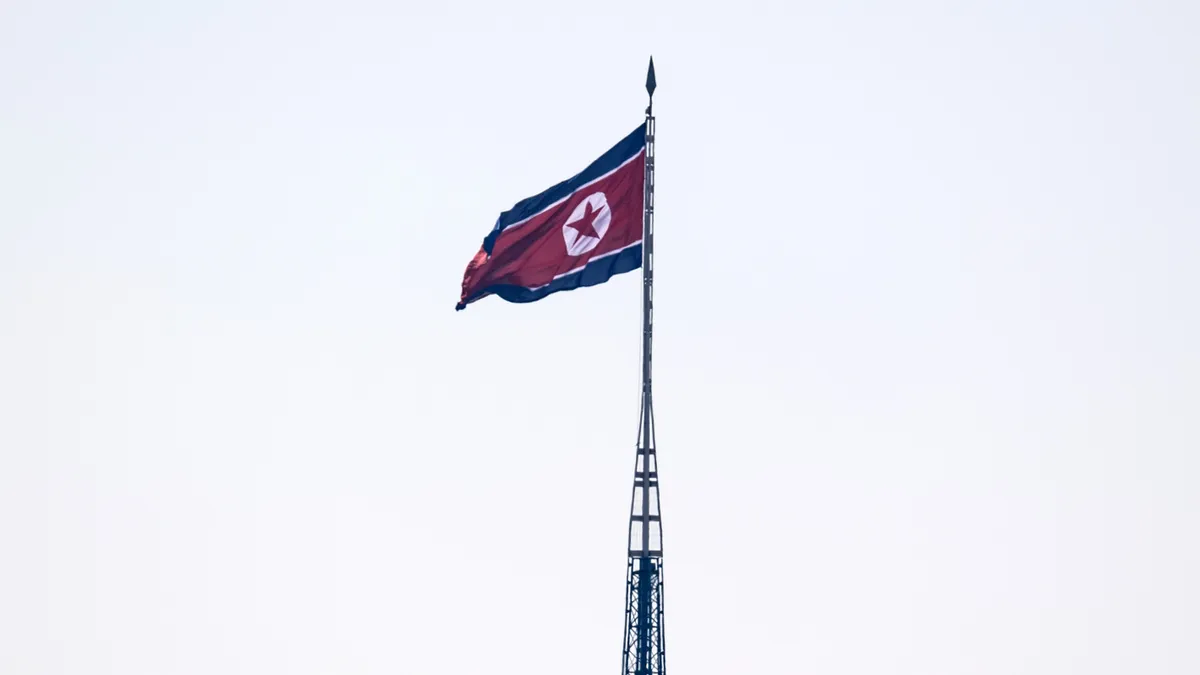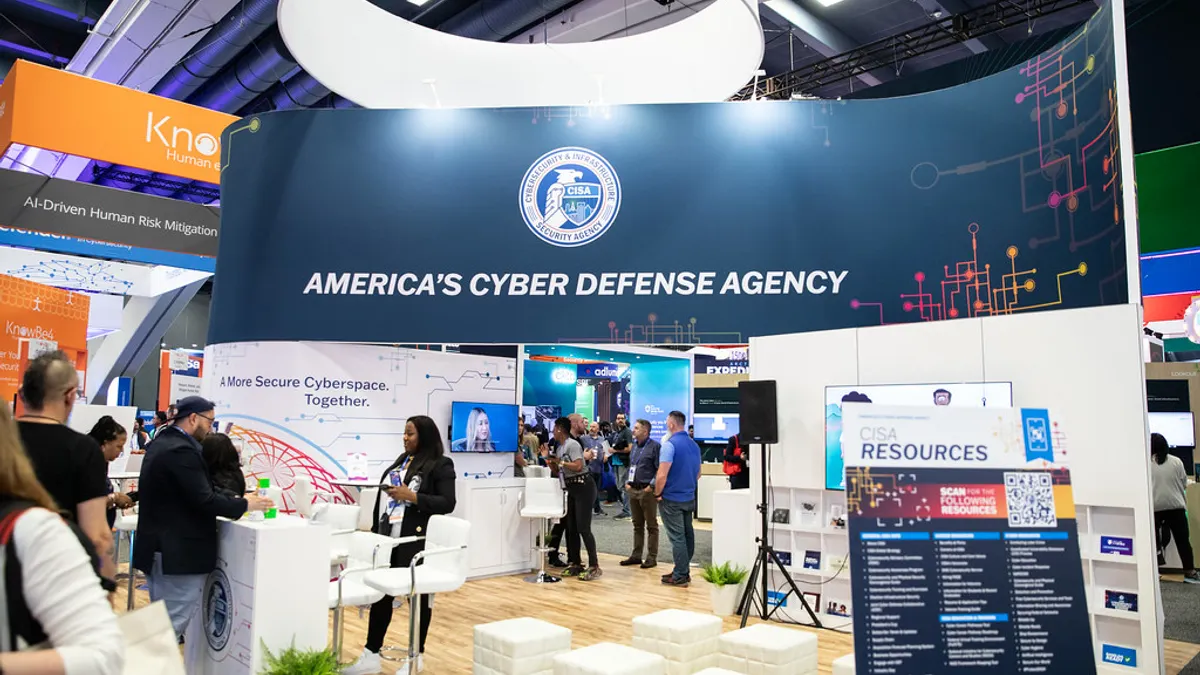Dive Brief:
- Hackers affiliated with the North Korean government accounted for a plurality of nation-state cyberattacks between April and September, according to a threat report that Trellix published on Thursday.
- Pyongyang’s cyber army has been deploying more sophisticated hacking techniques, including malware-free intrusion methods.
- North Korean cyberattacks “are deepening and diversifying, from phishing and espionage to employment-based infiltration,” Trellix said in its report, “thus demanding a more dynamic, intelligence-led response from organizations and governments alike.”
Dive Insight:
“North Korean-affiliated groups dominate the threat detection landscape,” Trellix said in its report. The infamous Lazarus Group tops the list, accounting for 8.6% of Trellix’s detections, with Andariel and Kimsuky taking second and third place, respectively.
Together, groups affiliated with North Korea account for 18.2% of all the nation-state-aligned activity that Trellix identified.
Trellix said the finding “represents a significant escalation” in North Korea’s cyber activity, and it noted that the country’s operatives are pursuing careful and difficult-to-detect intrusion strategies, including remote IT worker schemes.
Nation-state hacker groups in general are eschewing malware and vulnerabilities in favor of living-off-the-land techniques, according to the report. The built-in Windows features Command Prompt and PowerShell topped the list of hackers’ most commonly used tools, which Trellix said was consistent with “the use of advanced evasion strategies designed to blend with normal network activity.”
The company said its threat report revealed “a mature [advanced persistent threat] ecosystem with established tool preferences, continuous innovation, and clear alignment with strategic intelligence objectives.”
To address this threat environment, Trellix said, security leaders “must implement layered defenses” that can detect custom attack tools and abuses of legitimate processes. That includes detection software that can identify behavioral anomalies using contextual information, zero-trust principles such as least-privilege access, and isolation of high-value assets. System administrators should also strictly enforce access to privileged accounts, which are top targets for hackers seeking to move across a network.
“Collaboration between SOC, IT, and threat intelligence teams ensures that subtle deviations, such as unusual command-line usage or lateral movement through legitimate credentials, are identified early,” Trellix said.
The report also found that the telecommunications sector was both cybercriminals’ and nation-state hackers’ top target, accounting for 71% of attacks. Technology, transportation, business services and finance rounded out the top-five list.
Interestingly, Turkey accounted for the most detections of nation-state hacking victims, at 33%, with the U.S. coming in second, at 24%. Trellix speculated that Turkey’s prominence reflected “coordinated campaigns potentially related to its strategic position between Europe and Asia, its critical infrastructure, and regional geopolitical tensions.” Hackers overwhelmingly focused on Turkey’s telecom networks, while activity in the U.S. was spread more evenly between technology and business services.
“Organizations face a mature APT ecosystem characterized by persistent, targeted campaigns with clear geopolitical motivations,” Trellix said. “The concentration of activity in critical infrastructure sectors, combined with the dominance of state-sponsored actors, indicates APT operations are increasingly aligned with national security objectives rather than purely financial motivations.”











